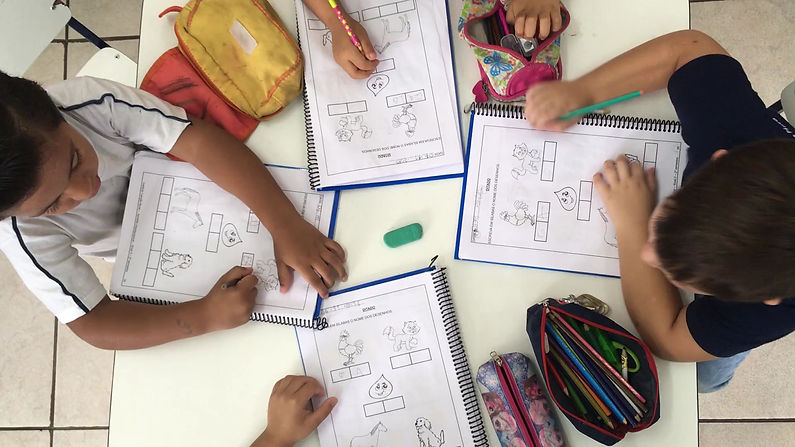In April 2019, the EU adopted a new copyright Directive in order to adapt its legal framework to new digital uses and technologies.
The Directive on Copyright and related rights in the Digital Single Market 2019/790, also referred to as the “DSM Directive”, aims to create new opportunities for users and fairer conditions for creators in the digital environment. See here for the different language versions.
Video by 87 Seconds
What is the Article 5 exception for “illustration for teaching” about?
Article 5 of the DSM Directive aims to enable educational establishments to take full advantage of digital technologies. To harmonise those possibilities across the EU, the Directive provides for a mandatory copyright exception for the “digital use of works and other subject matter for the sole purpose of illustration for teaching”, defining the scope of uses.

Digital uses

Educational
establishments

Secured
network

Non-commercial purpose

Teaching
activities
.png)
Teachers, pupils
& students

Cross border
effect

Attribute
author
How can EU Member States ensure a balanced implementation of Article 5?
Video by 87 Seconds
EU Member States have until 7 June 2021 to transpose the Directive into national law, with some flexibility in how they do so, including whether to take into consideration licensing or remuneration schemes that benefit authors (including writers, translators, journalists, visual artists) and publishers, fostering the national creative ecosystem, or alternatively, opt for an unremunerated exception.
The following policy considerations are key to striking a balanced approach to implementation of Article 5:
.1
Clearly define digital use by limiting the scope to extracts
Illustration for teaching is about enriching courses with extracts of various publications, not replacing the purchase of a book or other publication. Clear boundaries are vital, otherwise the exception could be interpreted as a green light to make extensive copies of works.
.2
Allow prevalence of licences
It is important to provide a mechanism to preserve licensing systems (already developed in many Member States) between users and RROs on behalf of authors and publishers. The exception should be applied only when licensing agreements are not available.
.3
Fair compensation where the exception is applied
A provision for fair compensation is essential for creators and publishers for secondary uses of their works, to enable them to create new content and invest in new digital resources. There is no justification for cutting off this important source of revenue.
Why does having this balance matter?
.1
Less revenues going to authors and publishers will mean fewer works produced by authors, less money for publishers to invest in new content, and fewer jobs
.2
This would result in less diverse, reliable and innovative quality content for students and lower educational outcomes
.3
The decline in plurality of content and cultural diversity would also be detrimental to our democratic societies and the autonomy of Member States’ education systems

Authors (including writers, literary translators, visual artists and journalists), publishers and teachers from across the EU have shared their views in a series of testimonials in their native languages as well as in English.
Author
DENMARK

Author
GERMANY


